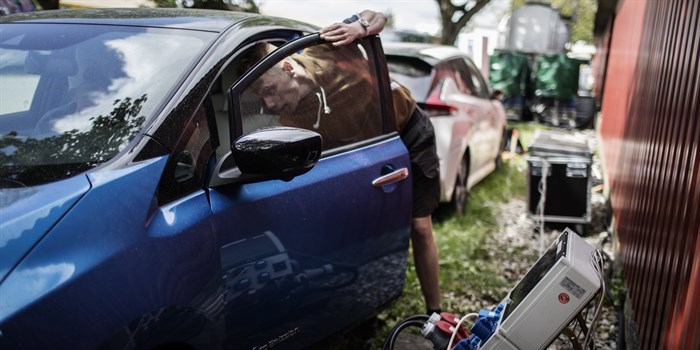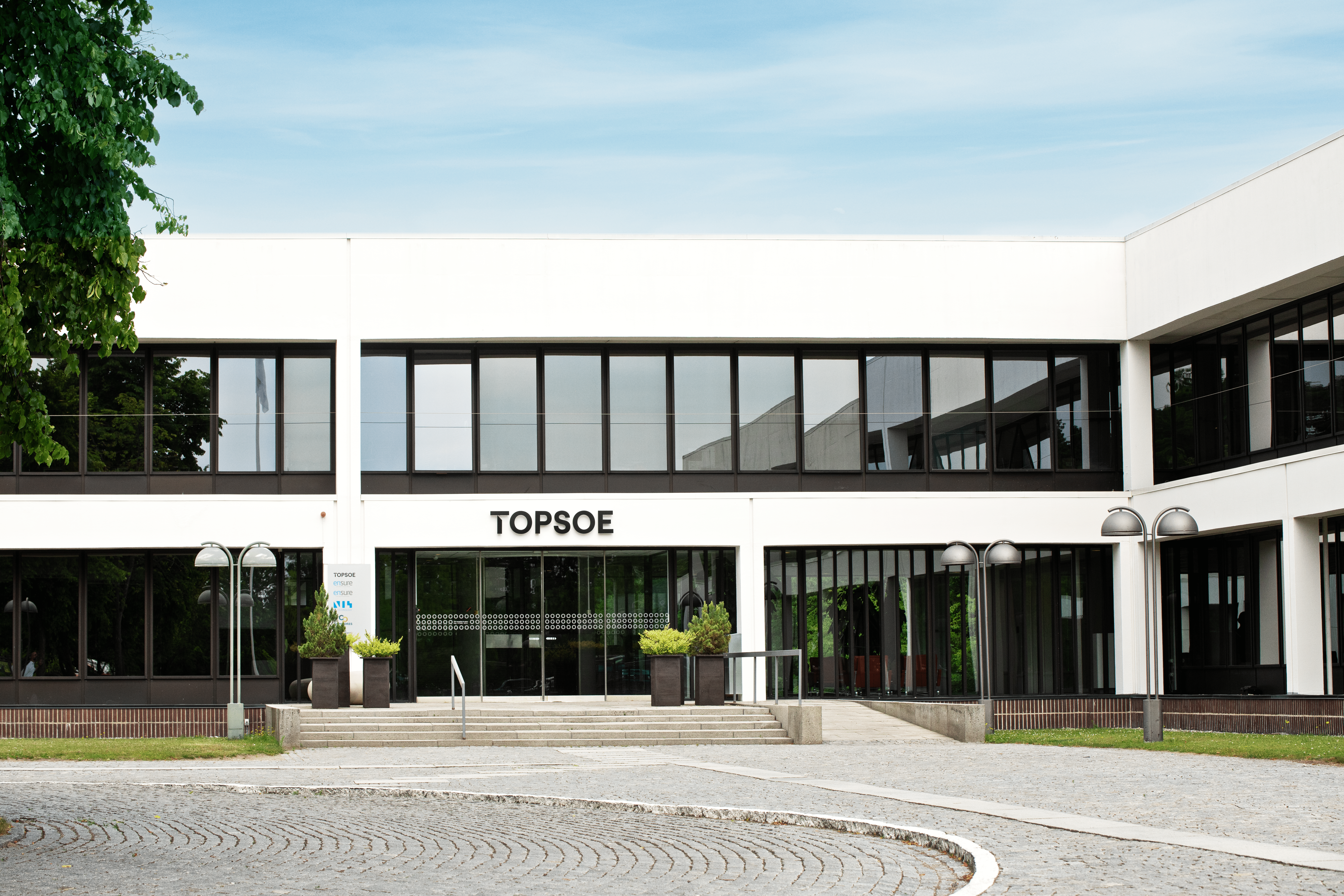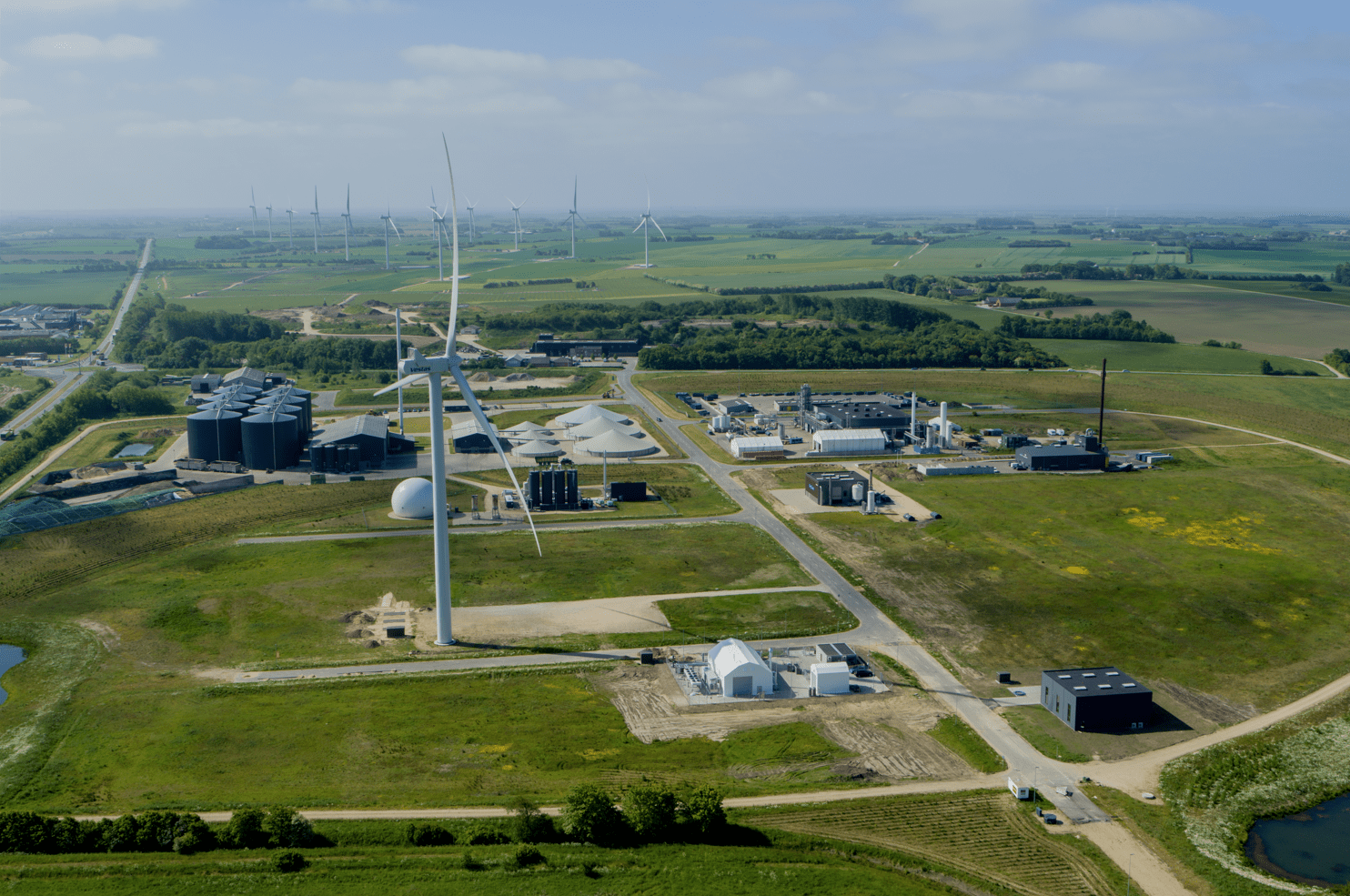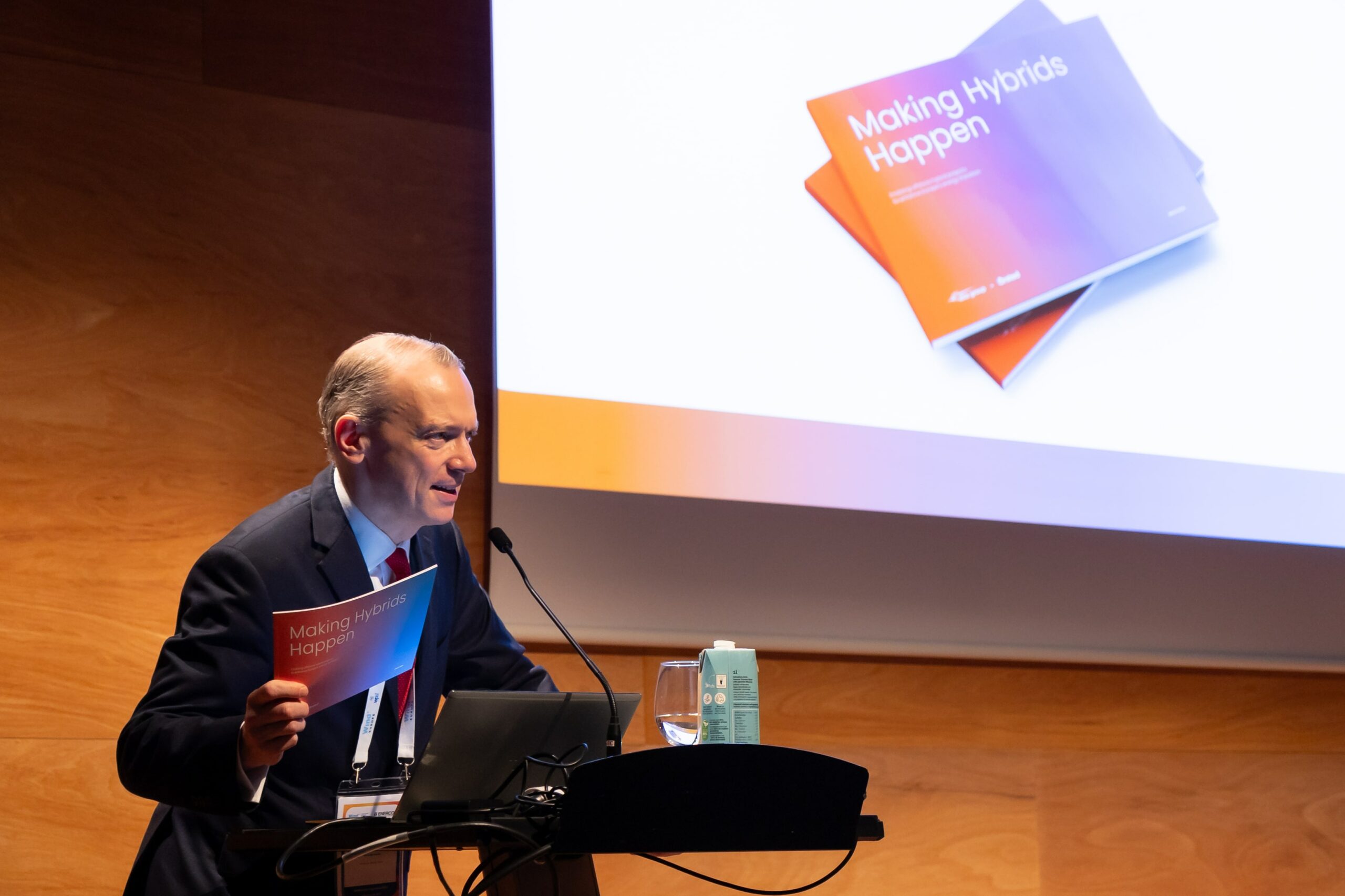News
Energy storage
Smart energy systems
Electric cars generate food at Danish festival


Last week, this year's Roskilde Festival took place with more than 100,000 people craving hot food and cold drinks every day.
This, of course, results in a high power consumption, but due to the festival’s relatively temporary conditions, its connection to the power grid is not sufficiently strong to meet those needs at all times. The consequences of power overconsumption are overloaded cables and blown fuses, breakdowns and no food.
-Related news: Organic beer to be served with sustainable energy at Roskilde Festival
That is why expensive diesel generators with heavy carbon footprints are necessary to cover the needs—especially at peak hours for power consumption during the day. But the festival’s desire to be sustainable naturally entails an ambition to reduce generator power consumption.
Avoiding diesel generators in Food Court
At the festival’s Food Court, which is a hall at the festival with approximately 20 food stalls, high power consumption is a particularly difficult challenge. But for the third year in a row, the Food Court has been able to avoid the generators completely.
“A lot of the time, we are right on the edge of what the power grid can provide. But especially from 1 to 3 p.m. and again from 6 to 9 p.m. there are a lot of people who are buying a lot of food. Nevertheless, we have abandoned the generators. Instead of keeping them to supply us with the additional power we need, we now have three electric cars placed behind the Food Court that give us a little extra power," said Thomas Malthesen, who is responsible for the Food Court.
[embed]https://www.youtube.com/watch?v=mRwHI_GG_n8[/embed]
Peak shaving used to ensure sufficient power
The cars were installed by three students studying Electrical Engineering at the Technical University of Denmark (DTU). The method they use is called ‘peak shaving’.
“In short, we charge the electric cars when the Food Court doesn’t use as much power, and then discharge them again when consumption ‘peaks’ and there is a need for additional power,” explained one of the students.
-Related news: Grains and vegetables to grown in festival pee
The slightly longer explanation is that the electric cars are connected to charging stations. The cars are charged at those times during the day when the Food Court is at a relatively low power consumption. The advantage of the type of cars used is that they can be discharged, which means that they—when the power consumption at the Food Court is particularly high—supply some of the stored power directly into the internal power system.
In this way, you ‘shave off’ the peaks of the consumption, so the need for power from the grid becomes more constant. It is this method, among other things, that has enabled the Food Court to run without generators for the past three years.
Free parking for electric cars could help scale up the project
The project has been ongoing because the system requires individual adaptation of the charging stations. It will, however, slowly be scaled up—and this year, the number of electric cars was increased to three. The objective of this year’s festival was to make the ‘peak shaving’ even more efficient, to predict consumption, and primarily to ensure that the cars did not discharge completely. But the students see great potential in scaling up the project even further:
“Our dream is for Roskilde Festival to provide free parking for electric cars. We would be able to utilise such a battery park to regulate the festival’s electricity consumption to an even greater extent by moving some of it to periods with less pressure on the power grid.”
Source: DTU
Photo credit: Ditte Valente
You should consider reading
events
Carbon capture, storage and utilisation
+4















